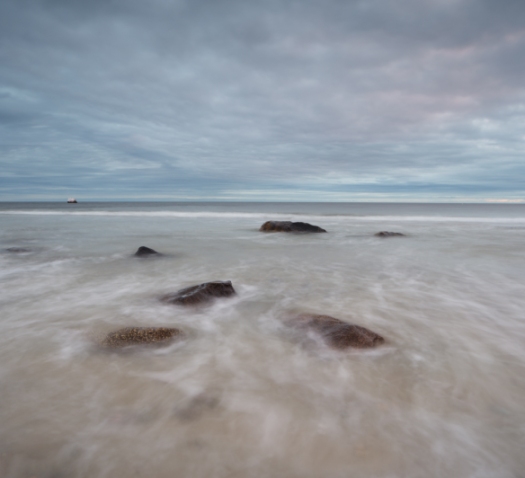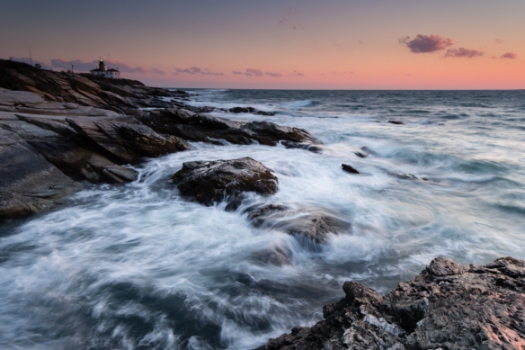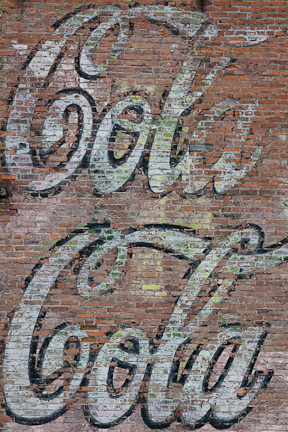
I thought that I’d share my first in the field experiment with a tilt shift lens. My first attempt with a tilt shift was this which of course taught me that in addition to manual focusing I needed to also be manual exposure. Probably not too much of a surprise for anyone whose used these lenses but it’s all new to me. I also was ready for the back end freak out where photoshop isn’t able to stitch my images together for me but that comes later.
So how did I get here? I’ve been worrying unnecessarily about depth of field. While you, like me, are setting the F stop to 22 (or some other high number) focusing a third into the scene and then firing away with the knowledge that you’re going to have good front to back focus. While this has served me well I realize that the only thing in your image that actual is in focus in the thing that you’ve focused upon and everything else in the same plane as that point of focus. Everything else is acceptably out of focus.
The medium and large focus photographers that have access to tilt and shift are able to angle the plane of focus and by doing so get more (all?) of the image in focus. Scheimpflug principle anyone? With a DSLR one way to achieve the same large depth of field is by taking multiple images with different points of focus and then blend them to extend the depth of field. Helicon focus is a well respected piece of software that can help if this is something that you’re interested in, beyond what you can achieve in photoshop. This approach is somewhat problematic when things in your image are in motion, such as my favorite subject – water. This is where a tilt shift lens comes in. It should give you access to the same tilt and shift functions that you would have with a medium or large format camera.
My playing so far has been restricted to the shift function which is how the image above was made. A vertical panorama stitched together and then cropped. See the images that I used below.
Top:

Middle:

Bottom

Which when stitched together give:

Which I then cropped to this:

I think that this is working. The next experiment will be to see what I can do with the tilt functionality. That should be fun.














